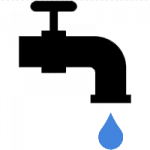Guide to buying safety footwear
Next we will give you the guide to buy safety footwear in our online store, in this way you will find the one that best suits your needs at all times.
Why wear safety shoes?
In 27,6% of workplace accidents occur in the lower extremities and within that percentage, 60% are affected by the feet. Most of the time the injuries or accidents are due to improper use of the protections or directly to not using them, these could be avoided with the use of a suitable safety footwear to the risk or area involved.
The foot contains 25% of the bones of the human body, a burn, cut or the fall of something heavy can cause a worker to leave his job for a long period of time and sometimes can cause the loss of the member.
The employer is in charge of providing adequate safety footwear, in addition to keeping it in good condition and replacing it in case it is in poor condition. If this is not the case, the labor inspectors can sanction them.
Safety footwear is primarily designed for keep feet protected of the person. ESD footwear also protects electronic components from electrostatic discharge.
How to choose safety footwear?
To choose a good and appropriate safety footwear, a series of criteria must be taken into account, in addition to the personal security (the choice of protection class and additional requirements), also the aesthetics and comfort, This is influenced by the shape of the footwear and the materials. If you work in Europe we will need to check if the safety footwear has the CE certification. In addition to checking that it perfectly complies with the safety regulations for the use that we want to give it specifically.
We must know how to distinguish between safety footwear, protective footwear and work footwear, the main difference is related to the presence of a safety cap, namely:
- EN ISO 345 safety footwear: safety buffers with impact protection with an energy level of 200 joules.
- Protective footwear EN ISO 346: safety buffers with impact protection with an energy level of 100 joules.
- EN ISO 347 work footwear: without safety stops.
Safety footwear by type of work (see standards below)
Safety footwear must be used in all sectors where there is a risk of foot injury. The type of appropriate footwear will have to be determined depending on the type of work:
- En works and mines it is better to choose a shoe S3 or even S5 if you travel through flooded areas
- In the agri-food industry, it is usually done indoors and in a dry environment. In this case, you should select a safety footwear of the type S1 o S1P (if there is a danger of perforation). Depending on the type of surface coating, footwear with anti-slip protection may be required. SRA o SRB or insulating soles against cold or heat.
- En labs, if there is a risk of spraying, you will need shoes made of type S1 or S2.
- En workshops, the type S1 o S1P It provides us with the necessary protection, although in each case it must be adapted to the specific risks.
- In the car industry, footwear must protect against specific risks such as those related to welding machines. One of a kind footwear S1 let it also be HRO.
- En Agriculture (Rubber boots) Safety toe, anti-slip and anti-static and waterproof.
- En Construction Safety tip 200JPuncture-resistant, midsoles.
- En Storage cold Safety tip made of steel or composite materials, resistant to water and with thermal protection.
- En Foundries Safety toe, metatarsal protection, quick release buckles.
- En Forestry Safety toe, grippy outsoles, puncture resistant midsoles.
- En "Salud" Non-slip soles, easy to clean, comfortable sole.
- En Products chemical Chemical resistant, non-slip footwear.
- En Storage Safety tip, antistatic, slip resistant, chemical resistant.
Criteria for choosing your ideal safety footwear
- Safety tip: It is the most important part when choosing safety footwear, it is practically the element that defines this type of footwear. Technically, they are reinforcements in shoes that protect the toes against impacts with an energy level of at least 200 J. When we buy safety shoes we must know which is the most convenient toe, since there are several types: Maple, composite materials y aluminum.
- Durability: To ensure that the footwear has a long life we must ensure that the materials used, the quality of the stitching and the bond between the sole and the body of the boot are of good quality, many times the brand does not matter, what matters is that the aforementioned is of quality.
- Waterproof: If the work environment is humid or you live in places where it rains constantly, you should look for suitable boots for these conditions. For example, nylon boots are lighter and have additional water protection, while leather boots are heavier and larger.
- Isolation: This is useful for keeping your feet warm in a fairly cold environment, you should only look for this if you really need it.
- Non-slip: useful for when the environment is slippery, normally used in the food or manufacturing industry, made of special rubber that prevents slipping on wet floors.
- Resistance
- Abrasion resistance
- Oil resistance
- Anti-microbial insoles
- Anti-perforation insoles
- Traction sole
- Ankle protection
Safety standards in safety footwear
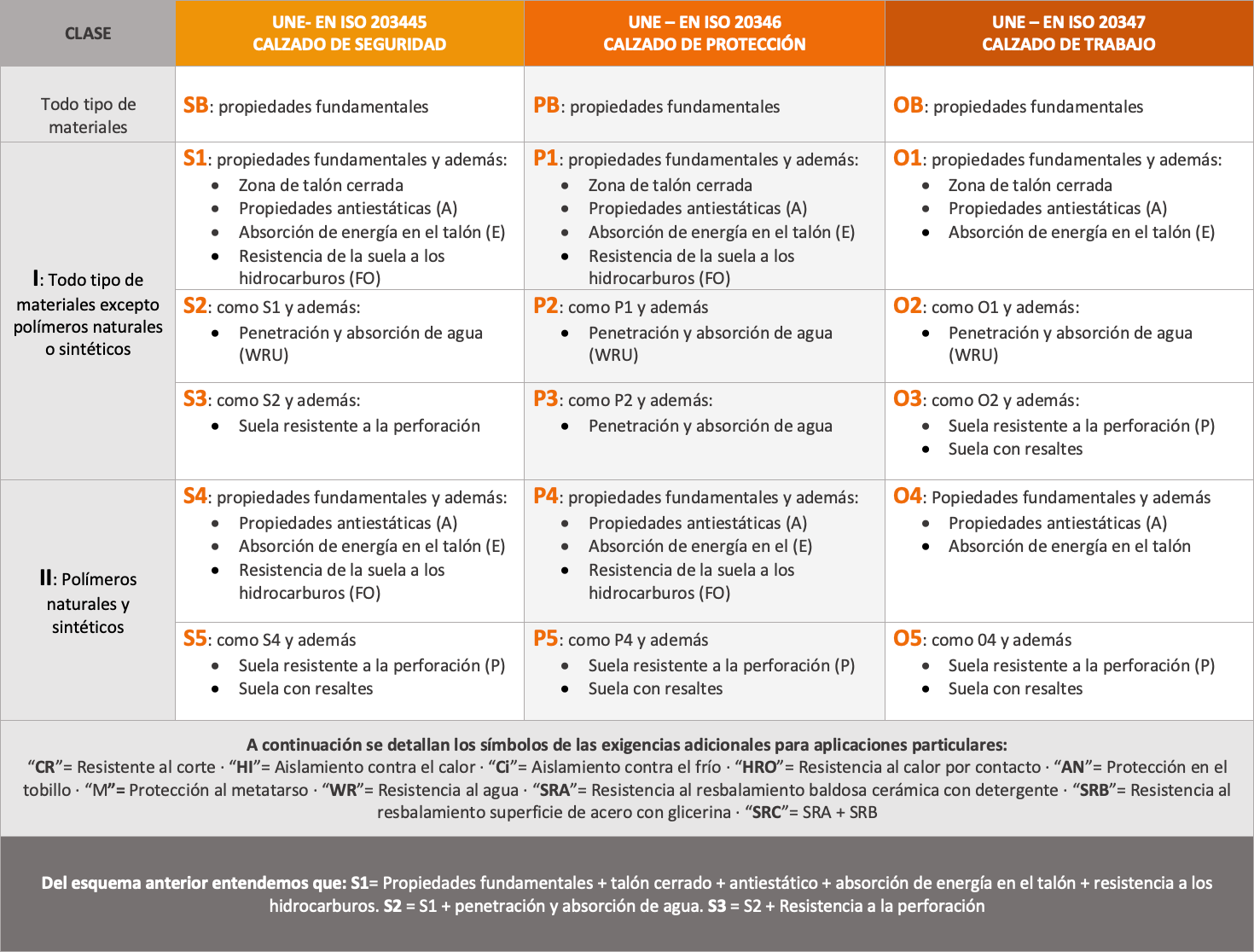
Types of safety footwear
Security boots |
They are the most common type of safety footwear. They must incorporate tips of security, usually of steel, along with other safety features such as soles non-slip, midsoles resistant to punctures and insulation against heat y cold extreme. |  |
Security shoes |
They are less robust than security boots so they are more comfortable, but offer less protection. They are the most recommendable for people who need medium protection for much of the day. | 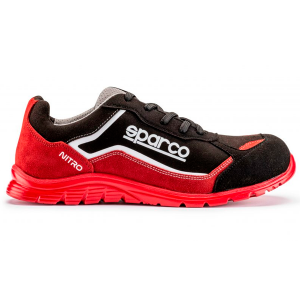 |
Sports safety shoes |
Footwear more casual y comfortable. Most have tips of security of composite materials. Although they offer less protection, they are ideal for activities that involve constant movement. | 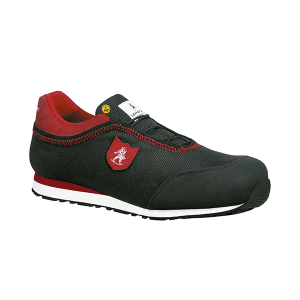 |
Rubber boots for wet areas |
Boots waterproof and without laces, very useful as protection against water and mud. They are made of rubber or PVC. They may also have safety tip. |  |
Our brands
Type of sole to consider
To make a decision we must know the options that exist. It is important that the soles are made with materials that resist wear and tear and slip. Depending on the job, they should also offer puncture protection. We must consider the elements:
- Rubber soles: this material is very common, these soles are abrasion resistant and slip resistantThese features are necessary in many work environments. Each manufacturer typically uses their own style of rubber, which can lead to additional safety attributes.
- Thermoplastic Polyurethane (TPU) Soles: These soles are durable, thin, lightweight, and abrasion resistant. In addition to being non-slip, they resist low temperatures and have a good grip on the floor.
- EVA rubber midsoles (foamy): they are designed to provide stability in addition to dispersing weight. This material is similar to foam (a foam) so it is light, flexible and cushions the steps. It also has more features: resistant to water and corrosion, washable and recyclable.
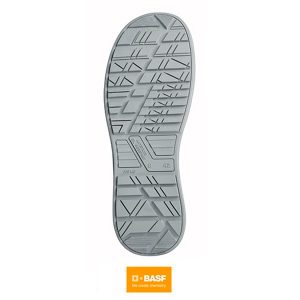 |
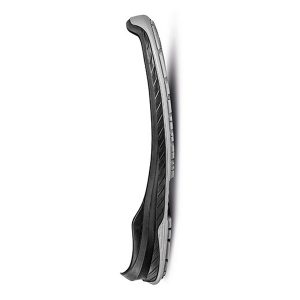 |
Avoid these mistakes when buying safety footwear
These errors they are the most common that are committed when buying safety footwear, and that you should be careful not to commit them:
- Safety shoes are designed for a specific use, but sometimes they can look very similar to each other and this can cause confusions. Then it may be the case that you buy footwear that does not work and if they do not work they will not last and you can expose yourself to risks.
- La Size, It must be selected with care, since if we select the wrong size it can cause our feet to be raw, tight or with blisters. Or even if they are too tight they can also contribute to the creation of calluses or the nails to grow inwards. Not all brands have the same sizing, as each manufacturer sizes their footwear according to certain specifications. If when you try on the footwear it feels too tight, look for a wider one.
- Como dice el dicho cheap is expensiveIn this case, if we seek to save by buying cheap footwear, ignoring quality is a very bad investment.
- It is necessary to know the standards relevant to your work, we must pay attention to safety standards.
- Must prioritize safety about style and not the other way around. When we buy safety shoes, the most important thing is safety before design and that they are beautiful.
Care of occupational safety footwear
- Look after footwear helps to increase their useful life.
- Cleans and uses polishes with special oils on the leather to keep it supple and waterproof.
- Guarda the footwear in clean and dry places to prevent odors and preserve the leather.
- Check out regularly check boots for damage.
- Resistance to electric shock is reduced by wear
Final tips for buying your safety footwear
- Go prepared the day of the purchase: take the Socks that you normally wear to find out how your boot fits. If you are going to buy them online, look at the size guide to make sure they look good on you.
- Search comfort: although the protección is the most very important, do not leave out the comfort. Today producers incorporate many designed elements to a greater comfort, fullfilment of security requirements e hygiene such as: antibacterial insoles, asymmetrical steel tips, additional padding ...

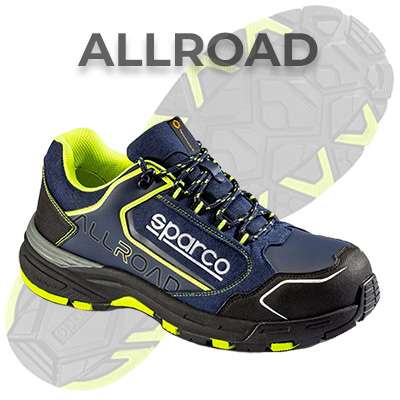

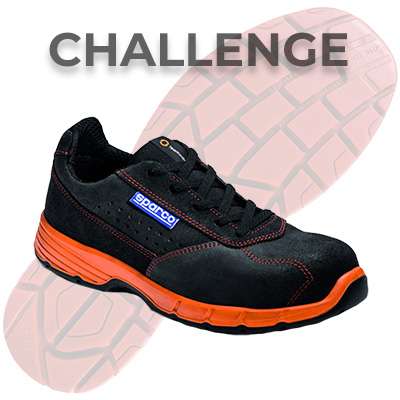


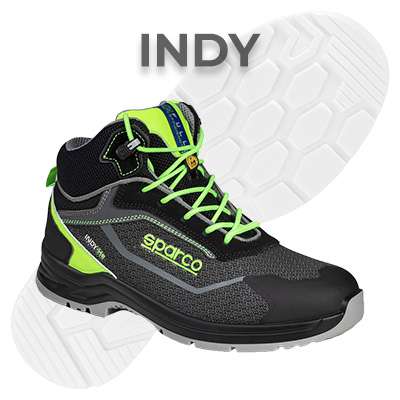

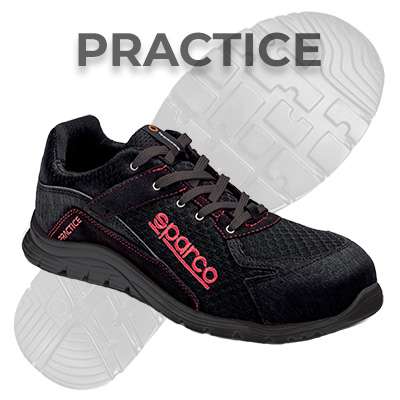

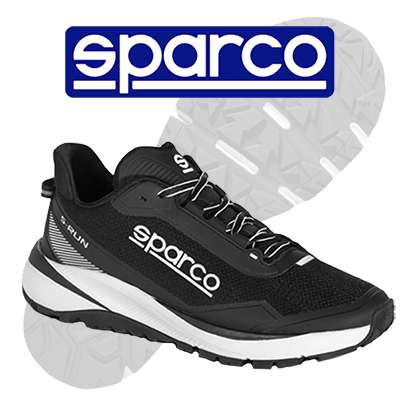
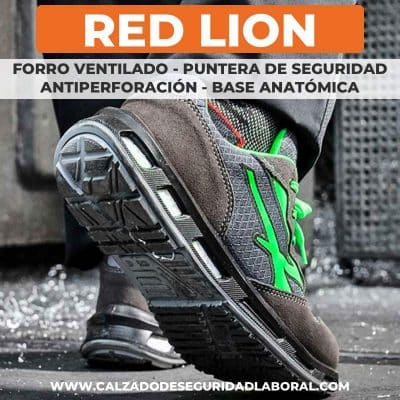
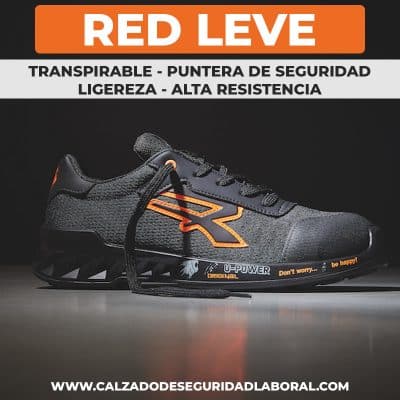
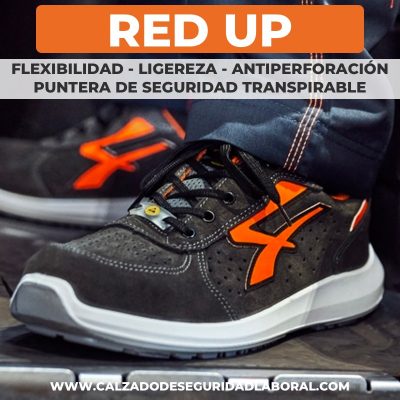
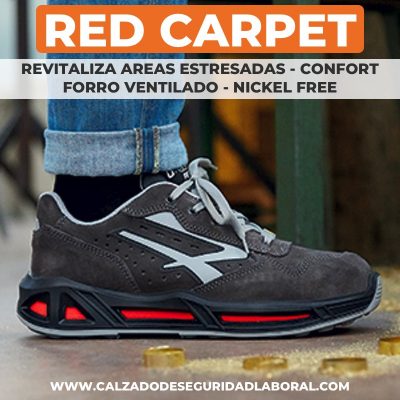
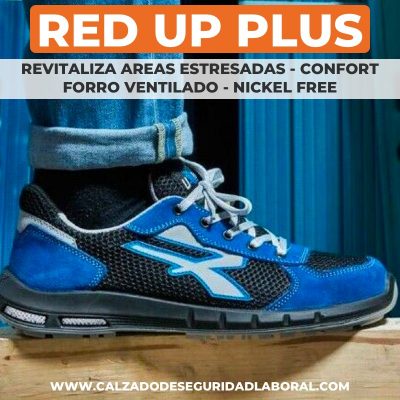
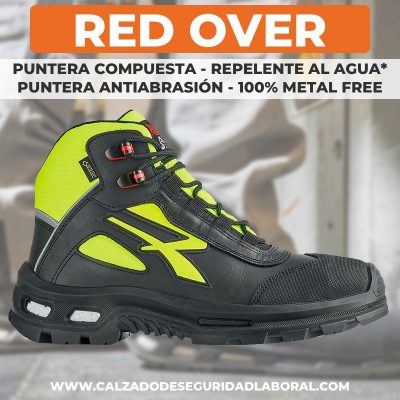
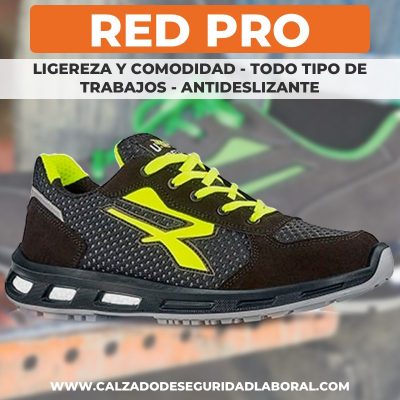
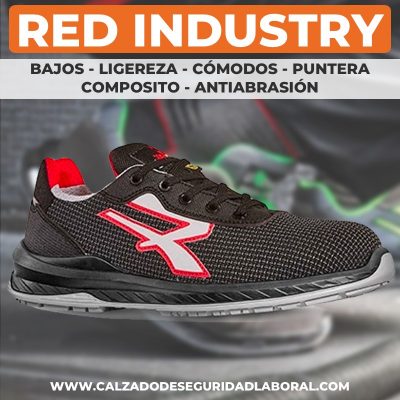
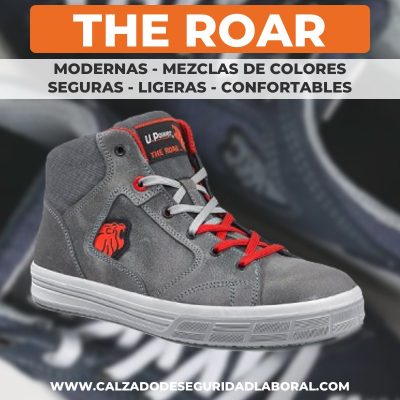
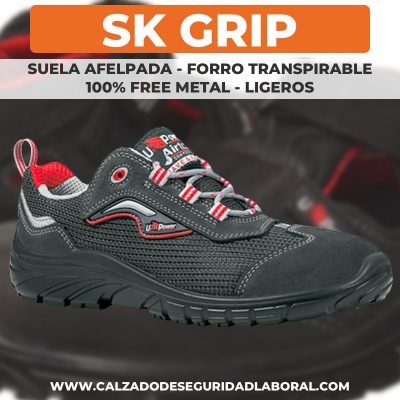
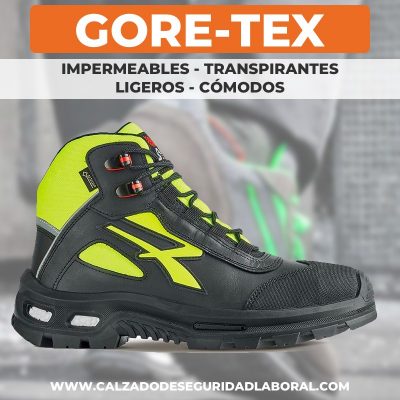
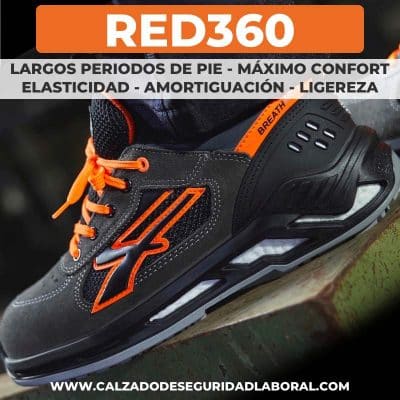
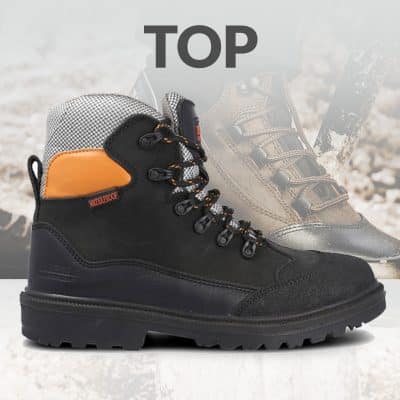
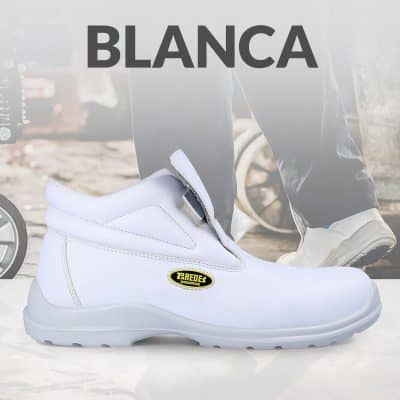
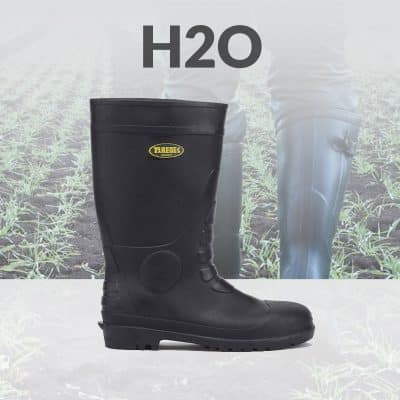
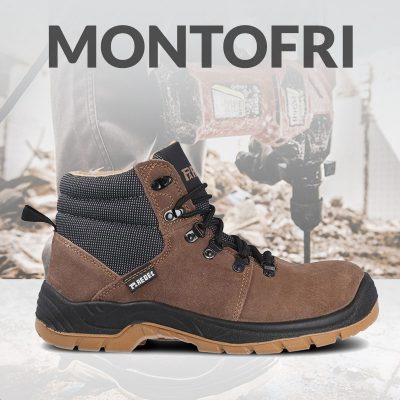
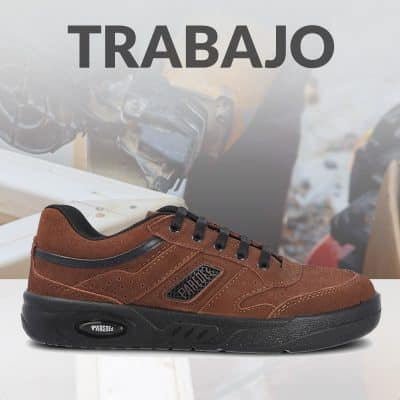
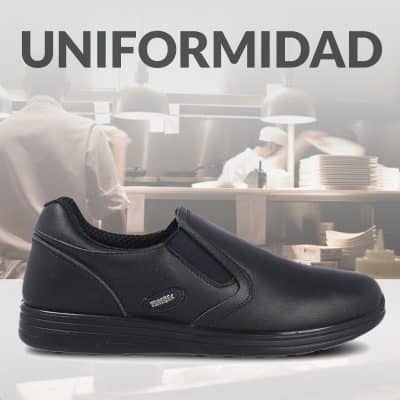
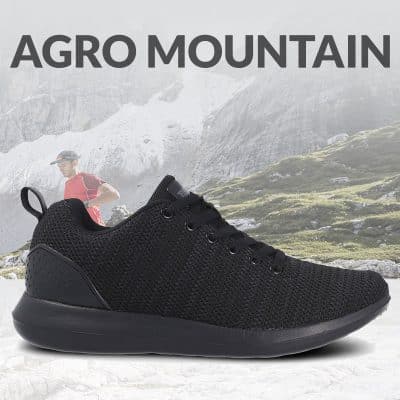
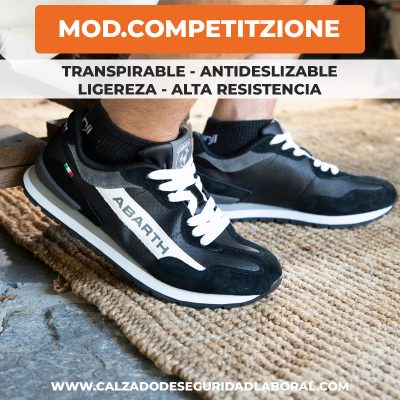
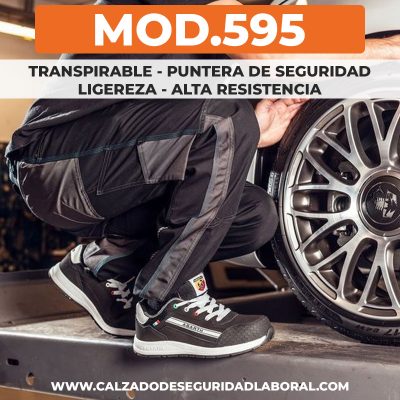
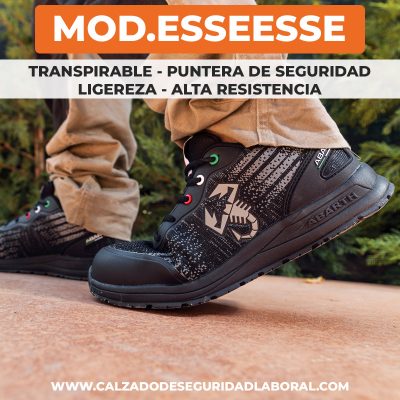
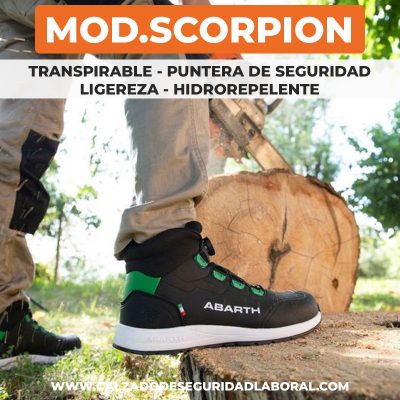
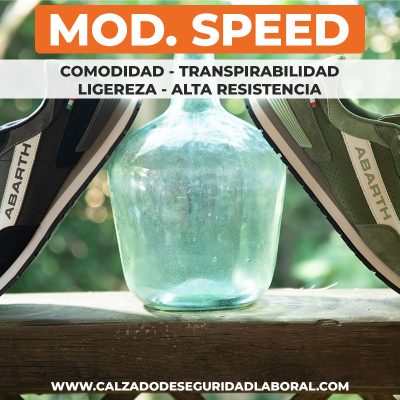
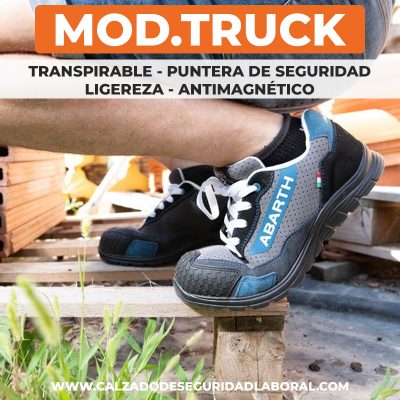

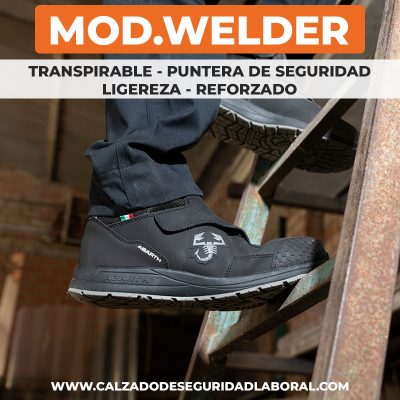
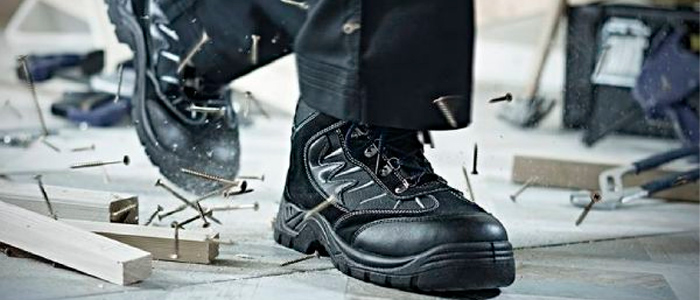
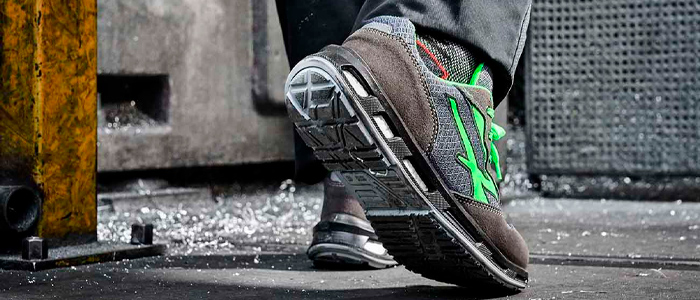
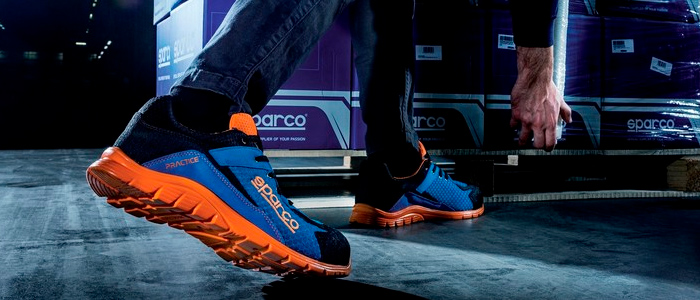
 Sparco footwear
Sparco footwear Thunder Footwear
Thunder Footwear U-POWER footwear
U-POWER footwear Oriocx footwear
Oriocx footwear Wall Footwear
Wall Footwear Lotto footwear
Lotto footwear Mendi footwear
Mendi footwear Issa Line Footwear
Issa Line Footwear Jhayber footwear
Jhayber footwear Puma Footwear
Puma Footwear Dunlop footwear
Dunlop footwear Base Footwear
Base Footwear Exena footwear
Exena footwear Panter Footwear
Panter Footwear Diadora footwear
Diadora footwear Leimatre footwear
Leimatre footwear Acorn Footwear
Acorn Footwear Goodyear footwear
Goodyear footwear Segarra footwear
Segarra footwear






















